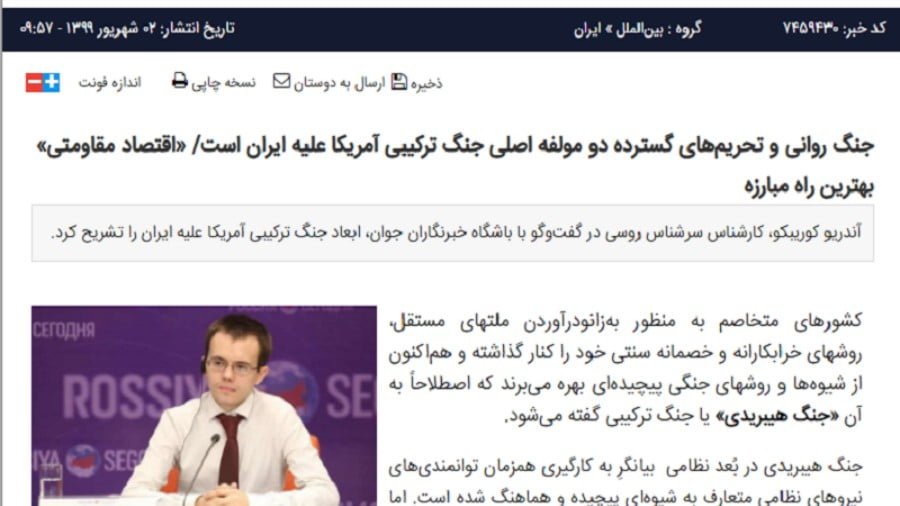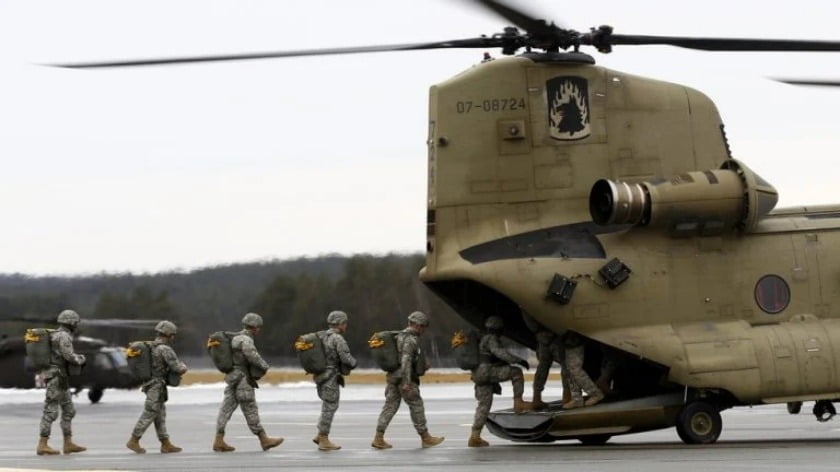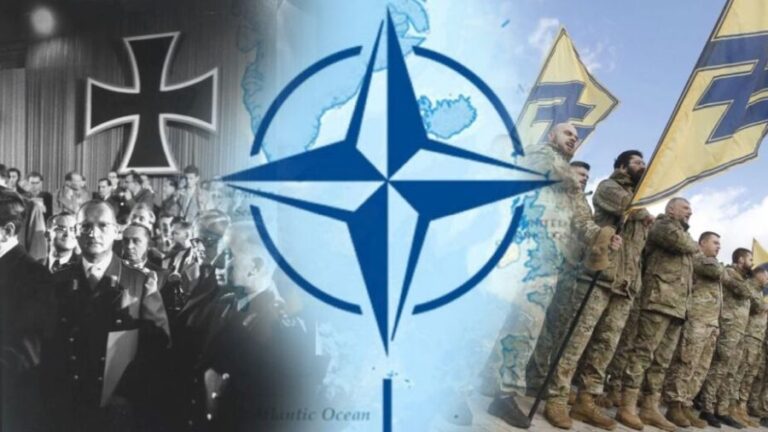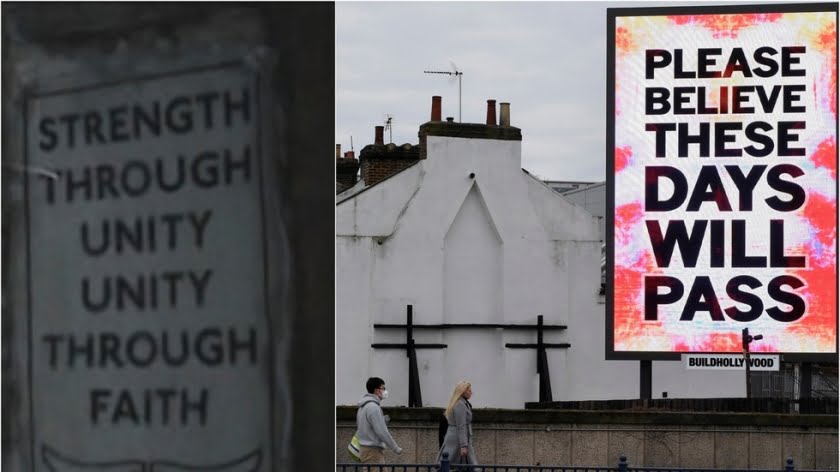Korybko to Iranian Media: W-CPEC+ Is the Key to Your Democratic Security
OneWorld is publishing the English-language version of the interview that Andrew Korybko gave to Hassan Nikbin from Iran’s Young Journalists Club about the Hybrid War on Iran.
First of all, how do you define Hybrid Wars?
The term Hybrid Wars generally refers to unconventional warfare, and can be divided into psychological and physical manifestations. The first relates to information operations which aim to demoralize and/or provoke the targeted population, while the second concerns Color Revolutions and acts of terrorism. My specialty is the process by which the first transforms into the second. Economic warfare, including sanctions, are an important part of this since they aim to demoralize the population, after which those that are most directly affected become more susceptible to information warfare narratives blaming their government for their problems.
In turn, some of those individuals become more likely to participate in Color Revolutions and/or acts of terrorism, especially if they’re being paid to do so and/or are promised an improvement in their living standards (be it by a foreign spy and/or foreign propaganda) if their efforts succeed. These said efforts are intended to promote the goals of Regime Tweaking (foreign-backed “reforms”), Regime Change (self-explanatory), and/or Regime Reboot (constitutional change that more often than not results in the decentralization or devolution of the state into a more disunited and therefore weaker entity that’s more easily divided and ruled from abroad).
What are the particular features of the American Hybrid War on Iran?
The Iranian people have been subjected to very intense information warfare over the decades, but this failed to generate any serious Color Revolution unrest for the most part. The US thus sought to attack its economy through Trump’s reimposition of unilateral sanctions and the threat of “secondary sanctions” against all those across the world who don’t obey America’s diktats. The purpose in doing so was to place Iranians in a desperate situation wherein they’d feel compelled to take direct action through Color Revolutions and/or terrorism to improve their deteriorating living situation. That, too, didn’t really succeed, hence why it occasionally supports acts of terrorism within the country carried out by the MEK and other groups to serve as “trigger events” that it hopes will generate large-scale unrest. This phase of the Hybrid War also failed thus far.
What’s meant by the term “Hybrid Defense”?
This word seems to refer to what I describe as “Democratic Security“, or “counter-Hybrid War strategies”. It involves interconnected information, economic, governance, and security measures designed to stabilize targeted societies while also facilitating responsible reforms within them aimed at continuously improving their citizens’ patriotism, the country’s economy, its system of governance, and the overall security situation, all four of which are attacked during Hybrid War.
For example, patriotism can be strengthened through new educational curricula that emphasize a targeted country’s historical achievements and celebrates their diversity. The creation of youth groups and other patriotic NGOs (including government-organized NGOs or GONGOs) helps too, as does responsible reporting on various topics of interest by leading mainstream and alternative media. What’s meant by this is that constructive criticism is encouraged, even about sensitive topics, but not attacks against the state, its system of governance, or its people.
As for the economy, this widely varies depending on each country’s particular situation but oftentimes results in either more empowerment of individual entrepreneurs or stricter state control. What’s most important is to directly provide material benefits to the population, especially those that are in the most desperate situation (with a particular emphasis on those whose living situations have recently deteriorated due to the economic dimension of the ongoing Hybrid War), and create an environment where people have hope in the future. Once again, this can be done by either empowering entrepreneurs, strengthening state control, or both.
Governance is enhanced through responsible discourse between members of society and their elected officials, all in accordance with each country’s laws. Ideally, elected officials and/or their surrogates would debate relevant issues on the patriotic mainstream and alternative media platforms that were earlier proposed in order to more directly engage with their compatriots and receive much-needed feedback from them. They’d also make a meaningful effort to respond to organic socio-economic and political trends in society such as anti-corruption while being careful not to submit to those that are provoked by foreign information warfare.
Lastly, security is best ensured by trusting in those professionals that are delegated relevant responsibilities. The greatest threat to security isn’t external, but internal, specifically if the population’s patriotism is eroded by foreign information warfare to the point where they no longer respect those who work in the security sphere. This is extremely dangerous because it could be exploited to encourage Color Revolutions and terrorism, and thus stab the country in the back if it results in a serious enough security crisis that the state’s external security is consequently put at risk because it must immediately respond to more pressing internal issues instead.
How can Iran overcome this Hybrid War?
Iran is already doing an excellent job with its “Democratic Security” insofar as it relates to its people’s patriotism, which hasn’t been negatively affected all that much despite decades of various forms of Hybrid Warfare being waged upon them, especially information warfare. This provides a strong basis upon which the state can bolster its other “Democratic Security” defenses, particularly economic since this is the one that requires much more serious attention than governance reforms and physical security.
The state’s various subsidies and dispersal of material aid to the most desperate members of the population are helpful, as is its people’s awareness of and active participation in their country’s “resistance economy”, but what’s urgently needed is an exciting vision that can once again inspire everyone’s optimism in the future. That’s thus far been lacking, but might soon change due to the reported deal between Iran and China. While the details are unconfirmed, the gist of it is that China will integrate Iran into its Belt & Road Initiative (BRI).
The benefits won’t be immediate and will take time to materialize, but this might be enough to convince Iranians that their living standards won’t continue to deteriorate as a result of the US’ extremely strict unilateral and “secondary” sanctions regimes. That in turn could repair the economic damage done to the country throughout the course of the ongoing Hybrid War and also improve its people’s already impressive patriotic resilience, thereby doing wonders for its “Democratic Security”.
Neighboring Pakistan has already greatly benefited from BRI by hosting its flagship project of the China-Pakistan Economic Corridor (CPEC), and there’s a very real possibility that Iran could become part of this megaproject via what I’ve previously described as W-CPEC+, or the western expansion of CPEC through Iran and Turkey en route to Europe. I wrote about this in my first-ever CGTN analysis in April 2019 about how “CPEC+ Is Key To Achieving Regional Integration Goals“.
The Iranian Ambassador to India expressed interest in building a CPEC-parallel gas pipeline last September, which I analyzed both for CGTN at the time in my piece about how “Iran’s Interest In CPEC Strengthens Regional Integration” and Global Research in my analysis predicting that “Iran’s CPEC-Parallel Pipeline Plans (E-CPEC+) Could Ruin India’s Regional Vision“. Less than a year later, Iran is about to reach a comprehensive strategic partnership deal with China that could make both visions — W-CPEC+ and E-CPEC+ — a reality.
As evidenced by the Pakistani example, playing a leading role in BRI — particularly through the proposed CPEC+ projects — could greatly stabilize the situation inside of Iran. It would revolutionize the Islamic Republic’s global economic position by making it a pivotal node in Eurasia’s Chinese-pioneered trade corridors, which could then lead to important international investments in the real (non-energy) sector of its economy. The parallel industrialization of Pakistan and Iran with Chinese support would greatly help both countries.
Not only would it improve their “Democratic Security” prospects, but it would also make them more competitive vis-a-vis the GCC. Those energy-rich countries are scrambling to prepare for their post-energy futures, especially Saudi Arabia which has unveiled its ambitious Vision 2030 plan precisely for that scenario. Nevertheless, Riyadh has failed to achieve much success in this respect, which places Tehran in a comparatively more advantageous position considering that it’s poised to become the centerpiece of BRI’s Mideast strategy.
If Iran integrates into BRI’s Eurasian-wide network through CPEC+, then its economic situation might markedly improve within the next decade. The Chinese move very swiftly and efficiently when they’re building up their partnered countries, and Iran is destined to play an important role in Beijing’s grand strategy by virtue of its geographic location, large population, and enormous energy reserves. Widely promoting this vision in society and actively working towards achieving it is the key to ensuring Iran’s “Democratic Security”.
The interview was originally published in Farsi at the Young Journalists Club’s website.







